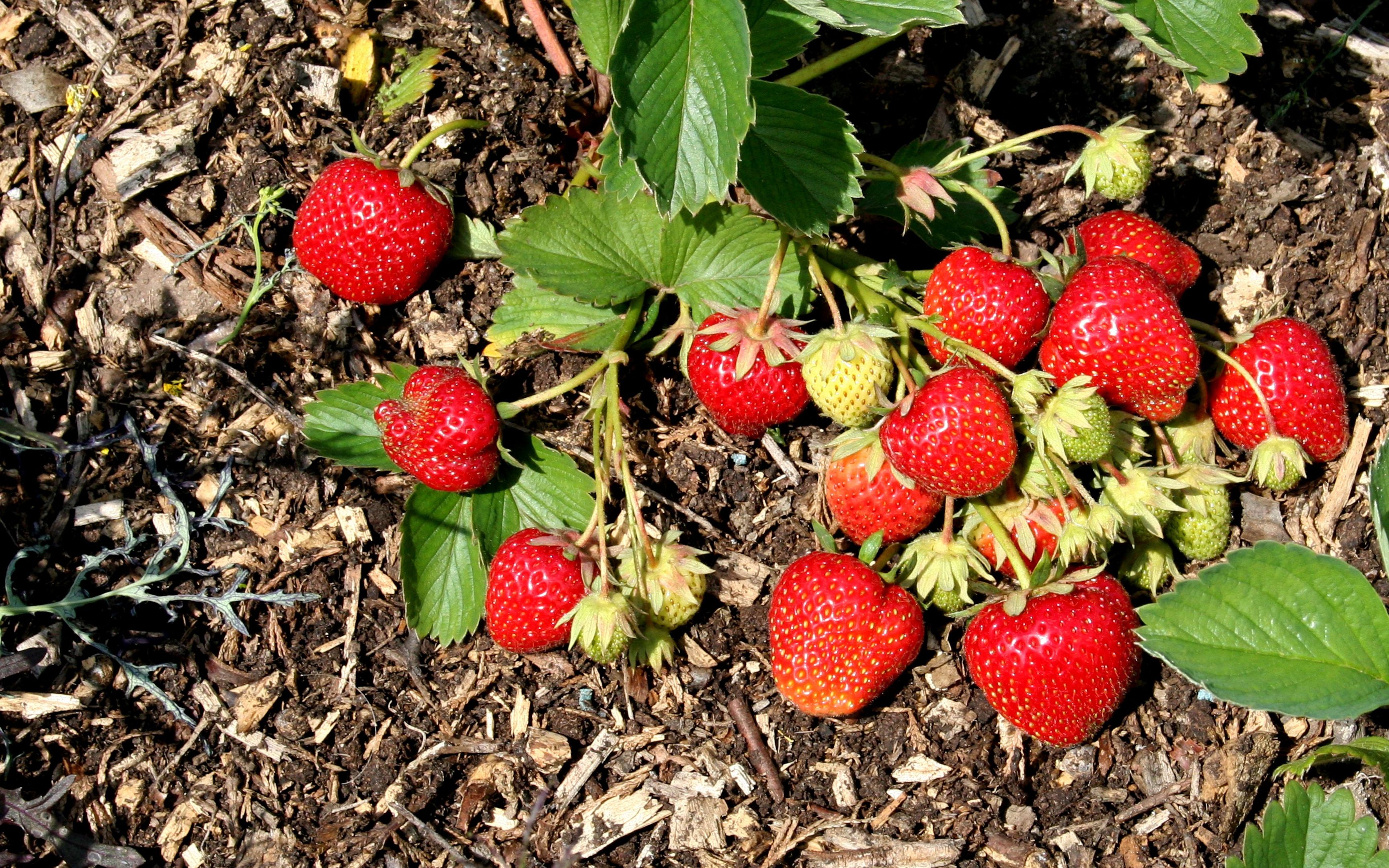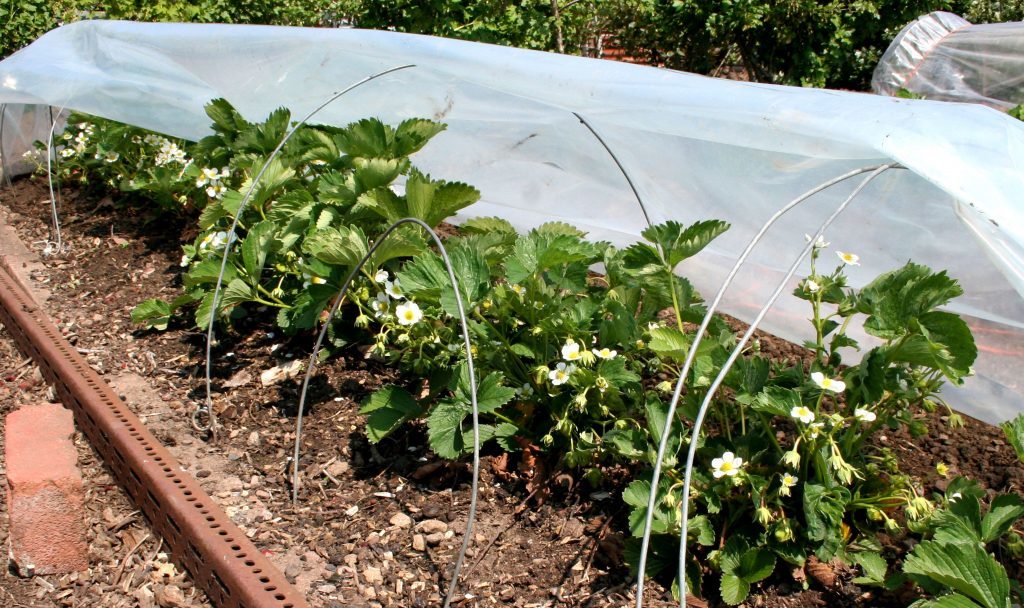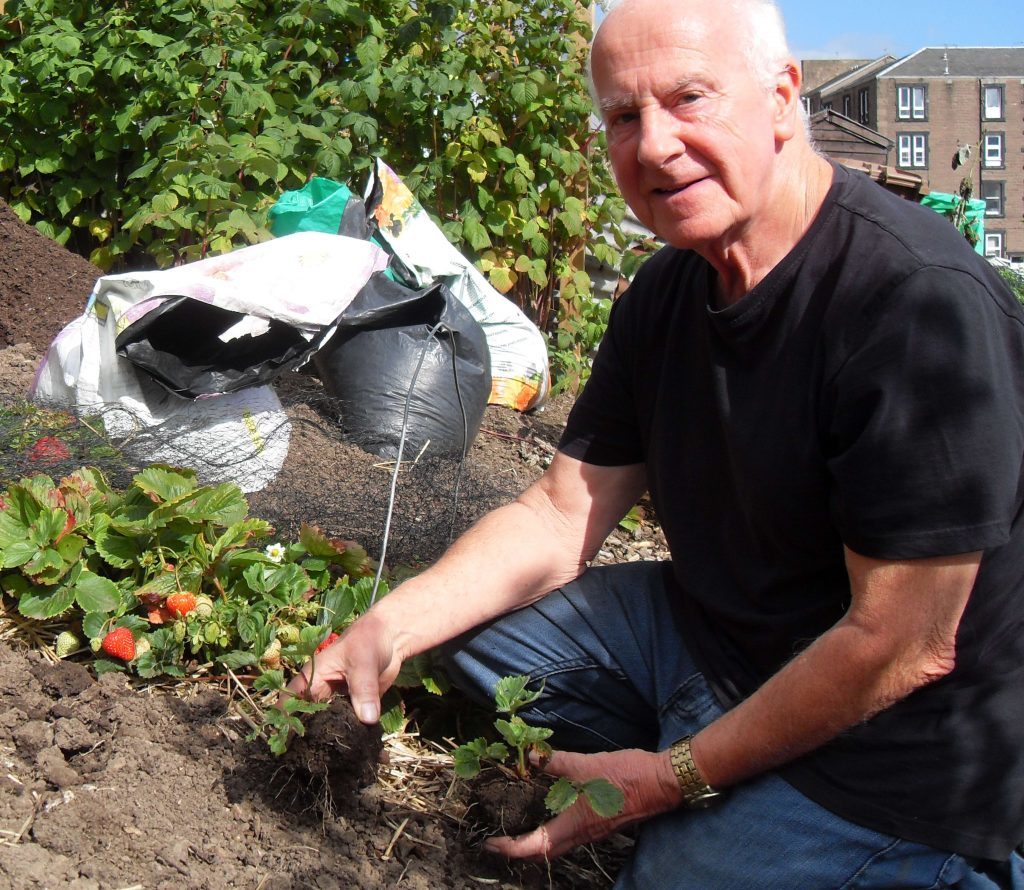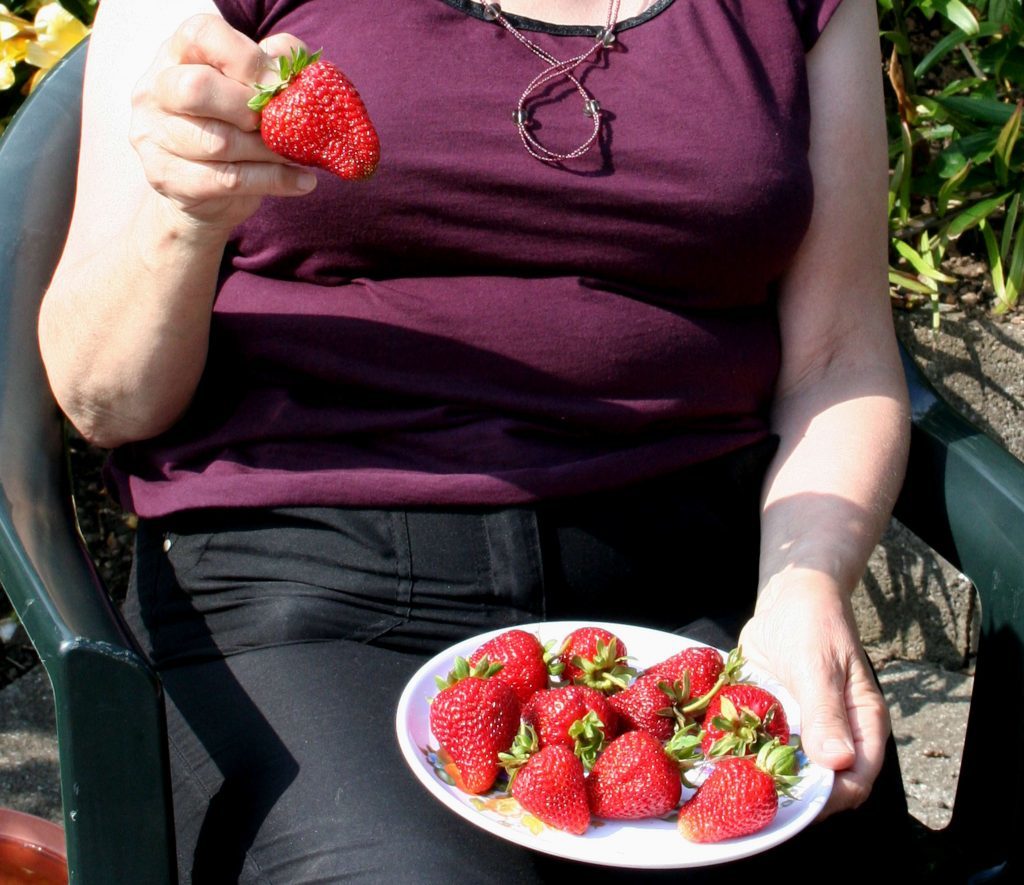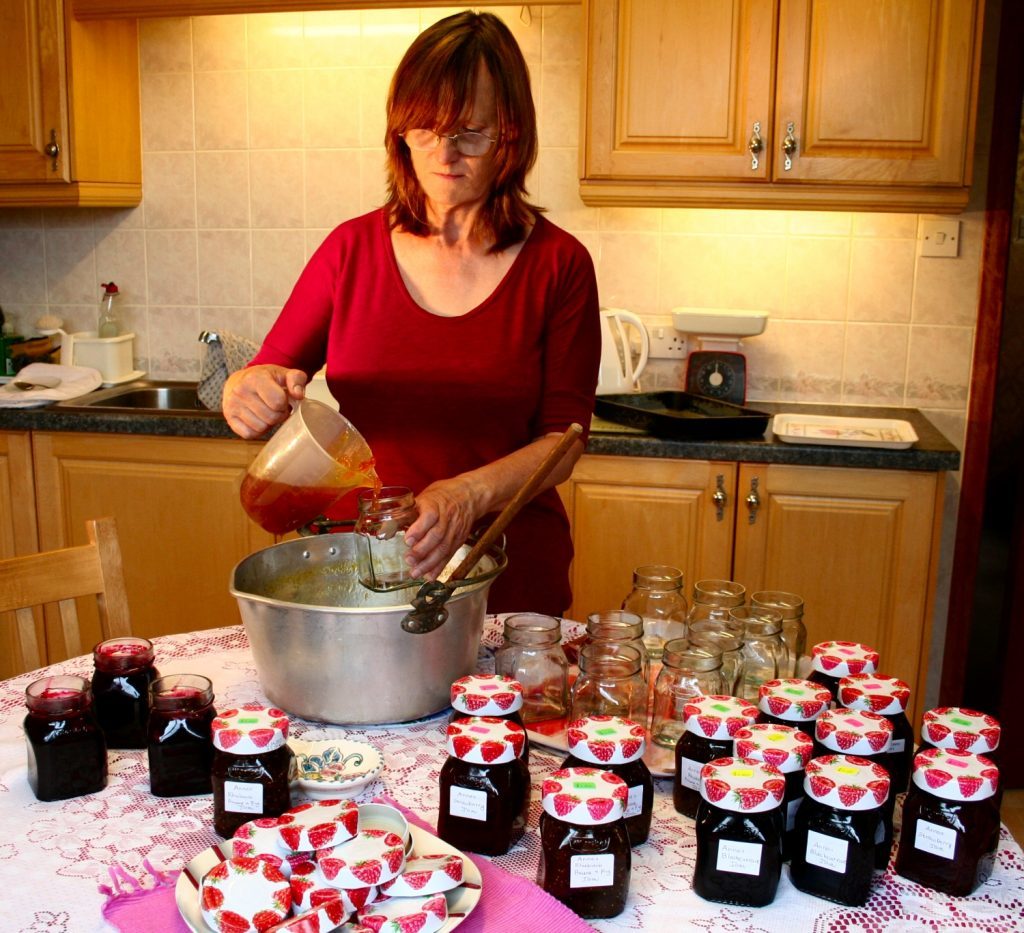Strawberry growing has always been a mixture of producing a very healthy and tasty fruit and rising to the challenge of growing them big, disease free, and over as long a season as possible.
Way back to teenage years the normal growers’ season coincided with the school summer holidays as we were the pickers, together with local folk from towns and villages.
So the main picking was in early July.
Growers had not yet discovered polythene tunnels.
My horticultural career took me south to a farm in West Sussex in the late sixties where I first saw fields protected with low tunnels growing Red Gauntlet ready for picking in early June.
However botrytis was a problem with most varieties at that time, so the crop got three sprays of fungicide plus a contact and residual weedkiller before the straw was run up the rows.
Crops were still picked by our farm team of ladies from the village, plus local gypsies and many Londoners looking for some work in the sun with fresh air, good fruit to eat and good money if you worked hard.
This was a working holiday for many of them.
Today strawberry growing has moved on dramatically.
Almost all the crop is commercially grown under tall tunnels and new varieties are not prone to botrytis, and as they are container-grown there is no need for weed control around the plant.
On a garden scale we now have new varieties appearing every year so we can try out something different to sort out those that work best for our own locality. The challenge today is to pick the first strawberries well ahead of Wimbledon. With the right early variety such as Mae grown under a low polythene tunnel I can get my first berries by the third week in May.
To sit outside on the patio on a sunny day for lunch with a plate of fresh strawberries you know summer has arrived, and it is only going to get better.
Once you start to pick more than you can eat there is plenty for jam, compote and freezing.
Where would we be without that freezer?
It doesn’t seem that long ago when I was making 110 jars of jam (strawberry, raspberry and blackcurrant) during the berry season to last the next 12 months, provided you stored them somewhere cool.
We went through two pounds of jam every week, but we needed it as our lifestyle was very active.
Culture
I still grow my strawberries in rows three feet apart, spacing the plants six to twelve inches apart depending on availability of runners.
With new varieties it may be wise to just take two seasons fruiting instead of the traditional three years, as some are reluctant to produce runners after a couple of years.
Today weed control is by hand, or hoeing making sure the ground is clear before the straw is placed up the rows just before the first fruits start to show colour.
Botrytis, red core and mildew are no longer a problem with modern varieties, but slugs, snails and birds just love them so slug pellets are essential, and netting over the crop should keep the birds at bay.
Other early varieties to try include Christine and Honeoye. Maincrop varieties include Elsanta Alice and Hapil, then two good late season strawberries are Florence and Symphony, but to continue the season into September look for the perpetual varieties like Flamenco.
I tried Albion, but bright red berries with a texture like a wee red turnip did not impress me, and Colossus was not at all big and the plants had plenty of leaves but very few berries. It is getting dug out.
Wee jobs to do this week
Tomatoes will continue to ripen for a few days if the sun returns, but once the crop is over and the old plants get cleared out, take the chance of the free space to grow some winter salads.
Whether you grew your tomatoes in bags, pots or border it is a good idea to be well prepared by sowing the salads well in advance then prick out into cellular trays so they are a decent size for transplanting.
Use a variety of winter-hardy spring onion, winter-hardy lettuce such as Hilde or Winter Density, some radish and Mezuna, Rocket or mixed salad leaves. Lightly fork over the surface and add some fertiliser, then water plants in after planting.
